“Should I write out my story?”
We hear this question a lot from advocates who are preparing to share their personal stories in talks, interviews or other speaking opportunities.
Our answer? Yes and no.
If you’re preparing to share a personal story out loud to an audience of listeners, we recommend a “blended” composition process, both writing and speaking drafts as you develop them. Here’s why.
Remember your goal: speaking out
As an advocate, your end goal is not a well-written essay. Your goal is to speak comfortably, naturally and effectively. Your goal is to engage and connect with your listeners by using your voice, gestures, body language and eye contact—whether in-person or online.
The more time you spend putting pen to paper or finger to keyboard, the less time you spend working toward that goal.
It’s easy to fall into the trap of aiming for “perfection on the page” (or screen) before speaking. That’s why we recommend intentionally and mindfully incorporating your voice and body into your composition process. Doing so sooner rather than later will help you better prepare your entire self—voice, body, mindset—for speaking out.
There’s another important reason for incorporating voice and body early, one that is especially important when preparing to share stories from your lived experience: speaking out early and often will help you get in touch with your authentic voice.
Relying too heavily and for too long on the written word can lead to overly formal or overworked language which, when delivered via the spoken word, can come across to listeners as canned or distanced.
“Think of your writing as a journal of your work, not the work itself.”
The “blended” approach to preparing your stories
Here are five tips for exploring blended composing when preparing to share your stories verbally.
Intentionally bounce back and forth between writing and speaking. Resist thinking of your composition process linearly: “first I’ll write it and then I’ll speak it,” or even “first I’ll speak it and then I’ll write it.” Be intentional about alternating fluidly between writing and speaking.
Reserve your writing primarily for strategy, exploration and design. Think of your writing as a journal of your work, not the work itself. Try to limit your written work to making outlines, lists and brief notes (and drawing pictures!), rather than composing sentences and paragraphs. Work out ideas in writing as you need to, but try to start speaking sooner than you might initially want to.
Use “free-telling.” Rather than writing out your rough drafts, speak them out. We recommend free-telling, a technique based on free-writing, a stream-of-consciousness exercise writers use to generate material. First, find a comfortable, private space. Set a task for yourself: “I’m going to tell the story of my…,” or “I’m going say why this is so important….” Set a timer for two or three minutes and turn on a recorder. Begin speaking and continue until the time is up. Don’t critique yourself or worry that your story is sloppy; this is the verbal equivalent of writing a first draft or doodling. If you’re not sure what to say next, say, “I’m not sure what to say next…” Just keep speaking. When finished, listen to the recording and jot down what you liked.
Get your body into it. Resist static, at-your-desk composition. Move your body in space—standing, pacing, rolling your chair—as you talk out your ideas and try out various drafts. Remember that when you share your story with others, your whole body will be right there with you—a fact that’s easy to “forget” if you spend too much time only moving the pen in your hand or the keys on the keyboard.
Use your imagination. When speaking out your drafts, imagine yourself in a specific situation. Sit or stand as you would before the listeners you have in mind; imagine that you see them before you. Then speak to them. Again, doing so gets you closer to the actual situation you’ll be in when you speak—at the same time you’re exploring what you’ll say and how you’ll say it.
Ultimately, each of us finds our unique process for reaching an effective oral delivery of our personal advocacy stories. But if you’re tendency is to “write first, then speak,” try mixing it up with this blended approach and see how it moves you closer to your authentic voice.

